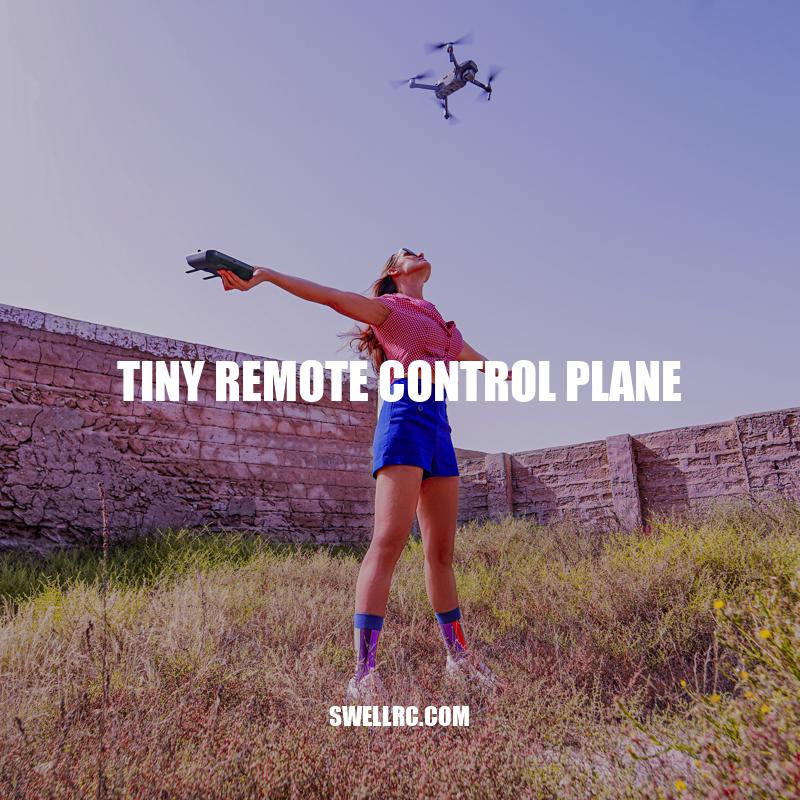Tiny Remote Control Planes: A Beginner’s Guide
A tiny remote control plane is a miniature model aircraft that is operated via remote control from the ground. It is a popular hobby for aviation enthusiasts and model builders who enjoy the challenge of building and flying small-scale airplanes. These tiny planes can range in size from just a few inches to several feet and come in various shapes and designs. They are built using lightweight materials such as foam, balsa wood, and plastic, and are typically equipped with small electric motors and propellers. Tiny remote control planes are also known as micro RC planes, mini planes, or indoor planes, and are suitable for both indoor and outdoor use.
SubheadingThere are Many Options for Tiny Remote Control Planes
- There are different types of tiny remote control planes available in the market, which include:
- Indoor planes – These are designed for indoor flying and are often lightweight and slow-moving.
- Outdoor planes – These planes are larger and more powerful, and can be used for outdoor flying in calm weather conditions.
- 3D planes – These planes are highly maneuverable and can perform complex stunts and tricks in the air.
- Gliders – These planes are designed to fly for longer periods without the need for a motor, relying instead on thermal updrafts to stay aloft.
- Jet planes – These planes are designed to look and sound like real jets, with their powerful engines and aerodynamic designs.
There are also various models and brands of tiny remote control planes that differ in their features, performance, and price. Some popular brands include HobbyZone, E-flite, ParkZone, and Flyzone. Hobbyists can find a wide variety of tiny remote control planes on websites like Amazon, RC Planet, and HobbyKing, and can also purchase accessories, replacement parts, and upgrades for their planes.
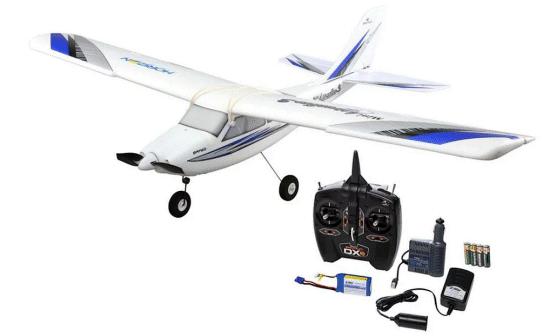
What are some popular brands of tiny remote control planes and where can they be purchased?
Some popular brands of tiny remote control planes include E-flite, HobbyZone, and AeroScout. These can often be purchased online through retailers such as Amazon, Horizon Hobby, and Tower Hobbies.
Choosing the Right Kit
The process of building and flying a tiny remote control plane includes:
Choosing a suitable kit or model based on the skill level and experience of the hobbyist.
Assembling the components of the plane using glue, tape, and screws.
Installing the motor, receiver, and control surfaces, and testing the electronics to ensure they work properly.
Calibrating the remote control transmitter and receiver, and adjusting the control surfaces for a balanced flight.
Practicing basic flying maneuvers, such as takeoff, landing, turns, and climbs.
Gradually increasing the difficulty of the maneuvers, and experimenting with different flying styles and techniques, such as aerobatics, scale flying, and combat flying.
Interestingly, some hobbyists who are passionate about tiny remote control planes have formed clubs and communities where they gather, share ideas and tips, and organize competitions and events. These communities provide a supportive and fun environment for people who share the same interest and help promote the hobby to a wider audience. Additionally, there are websites and forums like RCGroups, RC Universe, and WattFlyer where hobbyists can interact, exchange information, and learn from each other.
Indoor planes are small in size, slow in speed, and have lower maneuverability. They are usually powered by electricity.
Outdoor planes are medium-sized and can be powered by either electricity or gas. They are faster in speed and have higher maneuverability compared to indoor planes.
3D planes are small to medium-sized, very maneuverable, and fast. They are usually powered by electricity.
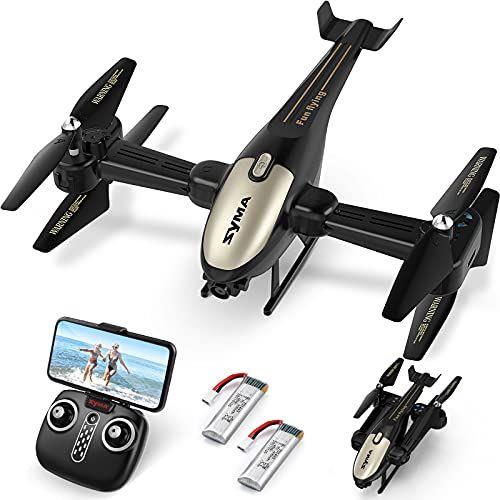
What are some popular websites and online forums for tiny remote control plane hobbyists to connect with each other and share information?
Some popular websites and online forums for tiny remote control plane hobbyists to connect with each other and share information are RCGroups, RC Universe, and Wattflyer.
Top upgrades for tiny remote control planes.
Advanced features and upgrades for tiny remote control planes include:
– Camera mounts and video transmitters that allow hobbyists to capture aerial footage and stream it to a screen or monitor.
– LED lights that enhance the visibility and aesthetics of the plane, and can be customized to create different patterns and colors.
– Autopilot systems that automate some of the flying tasks, such as stabilizing the plane, keeping it level, and responding to wind or turbulence.
– Wireless telemetry systems that transmit information about the plane’s altitude, speed, battery level, and other parameters to the remote control transmitter or a smartphone app.
– In addition to these off-the-shelf upgrades, some hobbyists create their own modifications using 3D printers or custom-made electronics.
Some popular websites and stores for purchasing tiny remote control planes and their accessories include Horizon Hobby, Tower Hobbies, and Banggood. These websites offer a wide range of products at different prices and offer customer support and shipping services. Similarly, some hobbyists sell their planes or components on online marketplaces like eBay or Amazon, allowing other hobbyists to purchase used or rare items. Additionally, some manufacturers, such as E-flite, Flyzone, and Great Planes, provide guidelines and manuals for building and flying their products, as well as technical support and replacement parts.
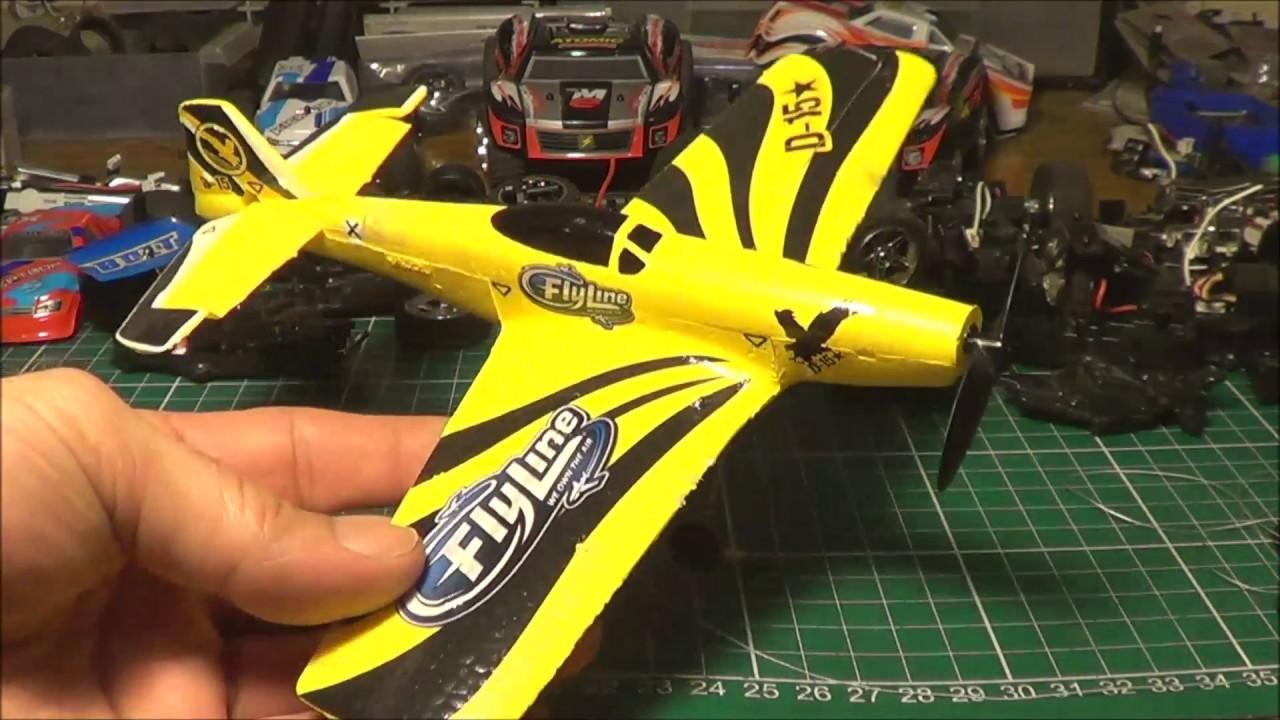
Where can I purchase tiny remote control planes and accessories?
You can purchase tiny remote control planes and accessories at hobby stores and online retailers.
Possible Applications and Issues of Tiny Remote Control Planes
- Potential future applications and trends of tiny remote control planes include:
- Aerial photography and videography for personal or professional purposes, such as real estate, weddings, or sports events.
- Search and rescue operations in rugged or inaccessible locations, where drones or helicopters cannot reach.
- Environmental or agricultural monitoring, such as detecting forest fires, monitoring wildlife populations, or mapping crop fields.
- Remote inspection and maintenance of infrastructure, such as power lines, bridges, or pipelines.
- However, these applications raise some challenges and concerns, such as:
- Privacy and security risks, as tiny remote control planes can collect sensitive information or disrupt the airspace.
- Legal and regulatory barriers, as some countries or jurisdictions restrict the use of unmanned aircraft or limit their flying altitude or distance.
- Technical and ethical issues, such as ensuring the reliability and safety of the planes, avoiding collisions with other aircraft or objects, and respecting the rights and interests of other people or animals.
To learn more about these topics, readers can consult publications and organizations such as the Academy of Model Aeronautics (AMA), the Federal Aviation Administration (FAA), or the Association for Unmanned Vehicle Systems International (AUVSI). These organizations provide guidelines, standards, and resources for responsible and safe operation of tiny remote control planes and other unmanned systems. They also advocate for the education and awareness of the public about the benefits and challenges of unmanned aviation.
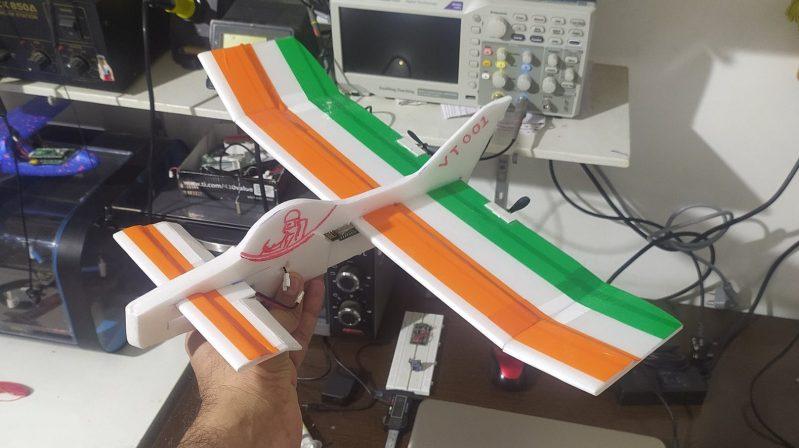
What are some challenges and concerns associated with the potential future applications of tiny remote control planes?
Challenges and concerns associated with the potential future applications of tiny remote control planes include privacy violations, security risks, air traffic management issues, and potential misuse for illegal activities.
Conclusion
In conclusion, tiny remote control planes are a fun and exciting hobby for aviation enthusiasts and hobbyists alike. With their small size, maneuverability, and accessibility, they offer endless possibilities for creative expression, experimentation, and innovation. Whether you are a beginner or an experienced pilot, there is always something new to learn and explore in the world of tiny remote control planes. However, it is essential to remember the safety and ethical considerations of using unmanned aircraft and to follow the rules and regulations in your area. By doing so, you can fully enjoy the thrill and satisfaction of flying your own tiny remote control plane and contributing to the future of unmanned aviation.

